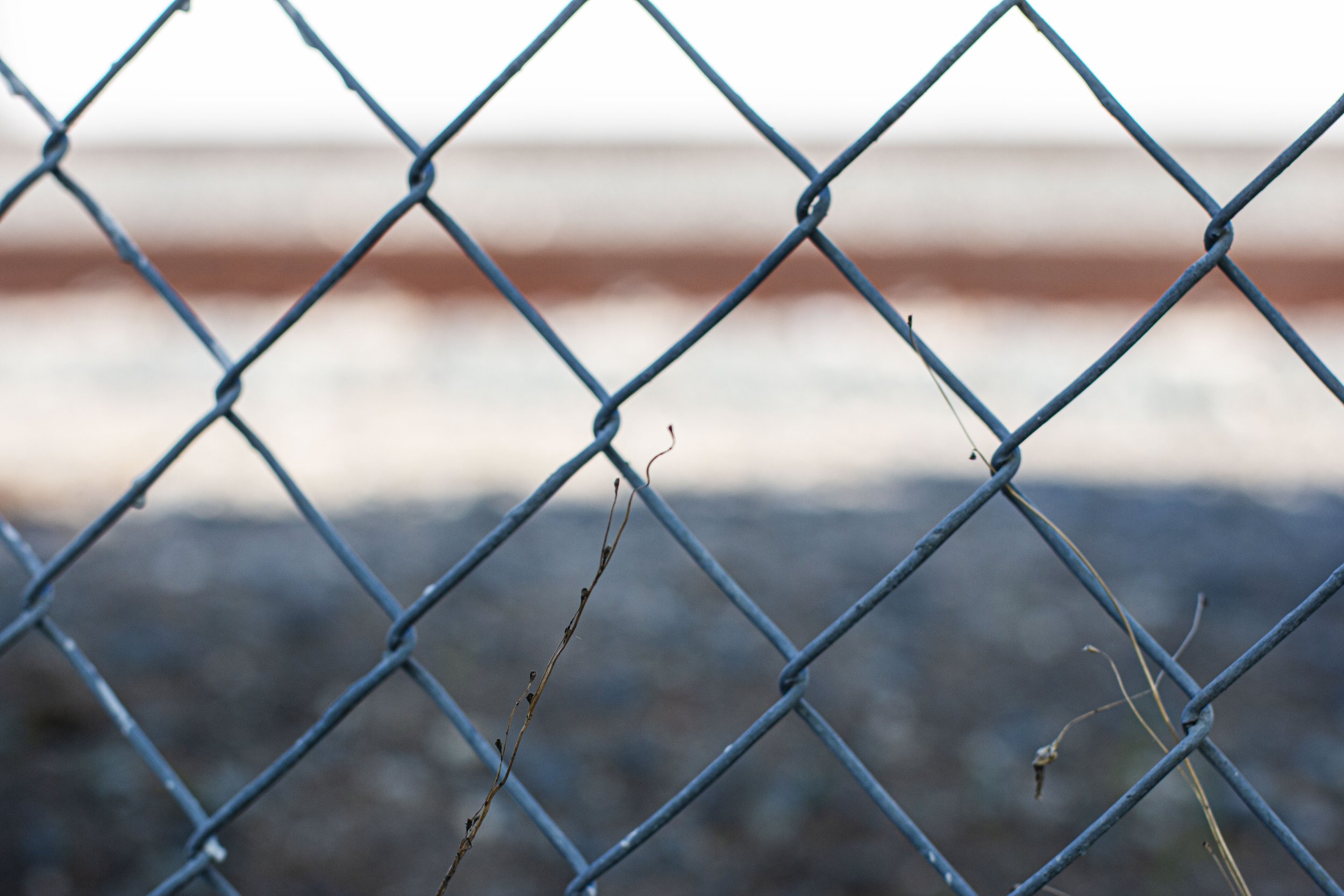
Youth Violence
What is the Youth Violence Barrier?
Youth violence occurs when there is a misguided sense of belonging that leads young people (ages 10-24) or youth in high-risk environments to a destructive pattern of behavior to others and self. A high-risk environment is categorized as one that can be heavily influenced by drugs, violence, and gang presence. Youth in high-risk environments are more likely to live in vulnerable families and in communities that are inadequately supportive, contain high rates of conflict, and expose youth to high-risk activities. The lived experience of a high-risk youth often leads to a poor sense of safety, low stability, and increased stress. As a result, high-risk youth are vulnerable to multiple and intersecting problems including emotional and behavioral disorders, substance abuse, violent and risk-taking behaviors, and poor performance in school. Additionally, high-risk youth often have a hard time trusting adults and perceive that they are alone in this world, affecting their ability to form healthy and stable relationships. Unfortunately, all of these factors contribute to high-risk youth turning to gangs for a sense of belonging, increased substance abuse, and higher instances of teen pregnancy.
The experiences of high-risk children and teens often perpetuate the cycle of unstable work history, broken homes, and unstable environments for future generations. This is why it is important to break through this barrier at the youth demographic. Positive youth development through after-school initiatives and positive older adult mentors aims to combat the youth violence barrier by providing safe spaces that affirm positive identity in children and teens in our neighborhoods. By allowing trust to evolve naturally between youth and adult role models, Solidarity aims to flip the narrative of the high-risk youth. We want to expose the youth to alternative opportunities to positive experiences, such as educational enrichment experiences, workforce opportunities, and fun recreational activities that they might otherwise not be able to experience from their parents or community.
CAUSES
Adverse Childhood Experiences (ACEs) — potentially traumatic events that occur in childhood (0-17 years), such as violence, abuse, and neglect at home
High-risk environment, often categorized by heavy presence of drugs, gangs, violence, and poverty
Inadequate support at home; instability due to parental separation or household members being in jail or prison
Insufficient education about topics like safe sex and substance abuse
Involvement of youth in the foster care system
Mental illness within the family
Gang-affiliated family
Belonging/acceptance in unhealthy relationships
Lack of job opportunity
Low-income, ethnic minority adolescents may be exposed to community violence as both a witness or as a victim
Main Ways we break this barrier
Acceptance in Community by Peers: Encourage community among the youth in our neighborhoods through Teen Center, a teen mentorship program in our Garnet neighborhood.
Positive Older Role Models: Create a space for children and teens to connect with positive adult role models in our after-school and mentorship programs.
Trauma Management: Train volunteers with emphasis on trauma informed care.
Opportunities to Alternative Positive Experiences: Provide educational enrichment opportunities through our after-school programs and fun recreational activities through our Teen Center and outdoor adventure program, TILT.
Read below for more specific ways our programs break the youth violence barrier:
EDUCATION initiative
The Main Components of the Education Initiative are designed to break the youth violence barrier by providing the following with the Elementary After-School Programs & Teen Center:
-
We utilize our community centers to provide organized and quiet spaces that are conducive to educational growth.
-
We encourage Social-Emotional activities where kids are asked to rate their day and identify the emotion that they associate with that number. They are also encouraged to share stories about why they experienced that specific feeling.
-
We connect students with young adults who can listen, encourage, and support them; Staff and volunteers are screened & receive adequate training to know how to relate to and provide a safe environment of belonging and acceptance.
-
We provide after-school child care services to working families
-
We encourage group bonding activities, such as games, field trips, and get to know you questions
-
We provide social-emotional learning activities, field trips, and summer workshops
See More about each program:
Maple Elementary After School Program
NEIGHBORHOOD INITIATIVE
The Main Components of the Neighborhood Initiative are designed to break the youth violence barrier by providing the following within TILT (outdoor adventure program), and our Mamás groups:
-
We provide group bonding activities through our TILT program and encourage teens to use positive “words of life” language in how they talk
-
We have mentors who are trained in trauma care and sensitivity to other cultures; We have certain volunteers that are brought in to share how they went from destructive patterns to thriving patterns; We give confidence to the Moms in our Mamas Groups as leaders and role models; We bring in instructors to equip Moms with how to deal with situations like drug awareness and safety.
-
We train volunteers through Tilt Curriculum with emphasis on trauma informed care; We help students talk about identifying emotions and experiences from the past
-
We host camping trips and other experiences that help to facilitate an environment where kids can share about their life; We promote being in nature.



